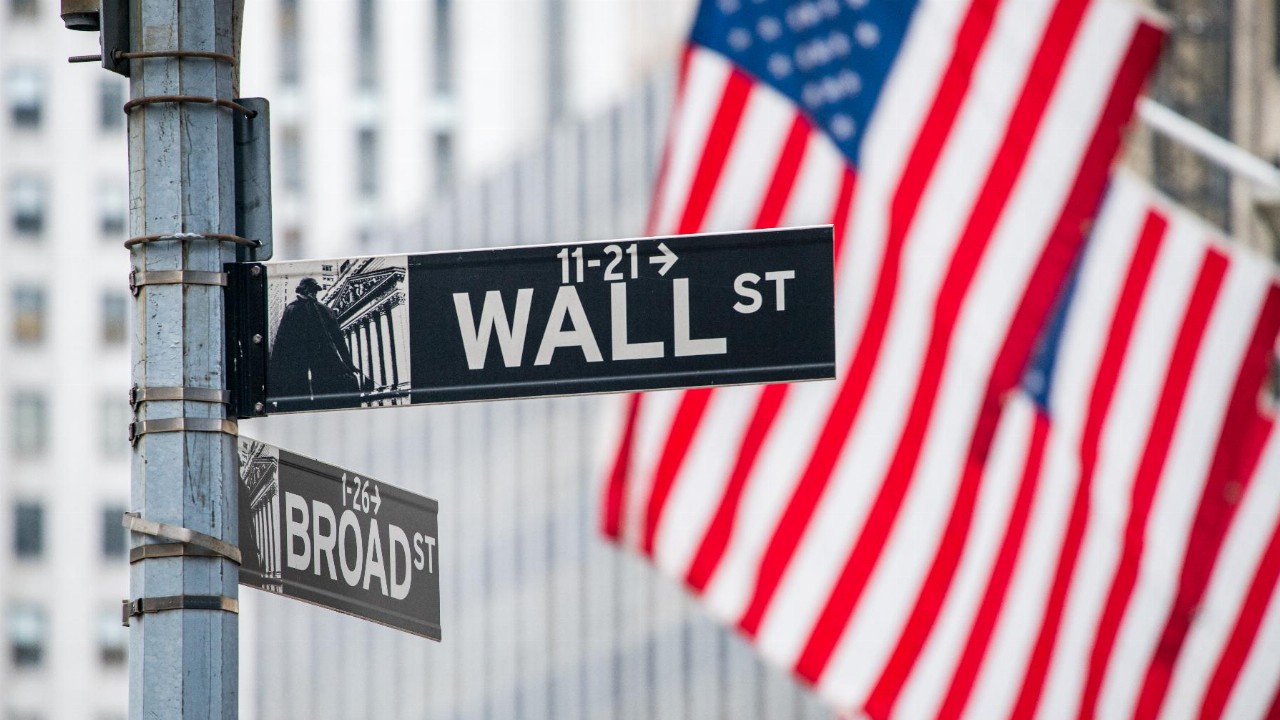The US released its July inflation data overnight, with headline inflation reaching 3.2 per cent, and core inflation remaining sticky at 4.7 per cent.
Core inflation is inflationary data without considering food and fuel prices, as the seasonal and market-led volatility of these prices can skew the readings.
A decline in energy and food prices over the last twelve months has largely contributed to the fall in headline inflation.
While last night’s increase was below market expectations of 3.3 per cent – according to Citigroup analysts – rising gasoline prices in the US, supported by low strategic reserves, threaten to further push up the headline reading.
The ASX200 was trading flat in an up-and-down manner at the start of Friday’s trade. However, by early afternoon, it was in the red, with the ASX200 down 0.18 per cent at 1:00 pm AEST.
Of perhaps more interest is the way markets reacted.
Subdued reaction
Although there was a knee-jerk sell-off on the majors (S&P 500, Dow Jones, and NASDAQ), all bourses reversed and finished in the green – an unusual occurrence for a day of inflation data release.
It’s impressive to reflect on how quickly inflation has come down. Just twelve months ago, readings were in the eight per cent range.
In the space of a year, the world has effectively tackled one of the worst inflation crises in history.
For most countries – but let’s not talk about the UK.
While undeniably cooling inflation is a significant aspect of the prevailing mood, it also suggests that inflation fatigue is indeed rampant within the investor zeitgeist.
Will ‘inflation fatigue’ remain the quo?
The question now revolves around how long core inflation can continue to remain stubborn, and whether the target band of two to three per cent will be achieved.
This implies that inflation’s story is not yet concluded.
International financial advisory group deVere CEO Nigel Green says the market should avoid becoming convinced that we’ve exited the woods.
“The officials won’t and can’t say we’re completely done, but they also cannot ignore that the data clearly shows that things are going in the right direction,” deVere said, referencing the upcoming Federal Reserve meeting on Thursday 17 August.
“Overall, the CPI data is pretty good news, with inflationary pressures substantially easing from their 2022 levels … [but] core inflation remains sticky.”
Mr Green added that the effects of higher interest rates inherently lag in their palpable impacts on the economy, with the effects now becoming more apparent.
Consider that US credit card debt, household debt, and auto loan debt have all reached historic highs in the trillions of dollars.
“Despite marginally good news from the data, it is core inflation that remains the major concern for investors,” Mr Green concluded.
Another major concern for investors will be how ASX investors react to the next inflation data from the ABS – due out on Wednesday, August 30.








